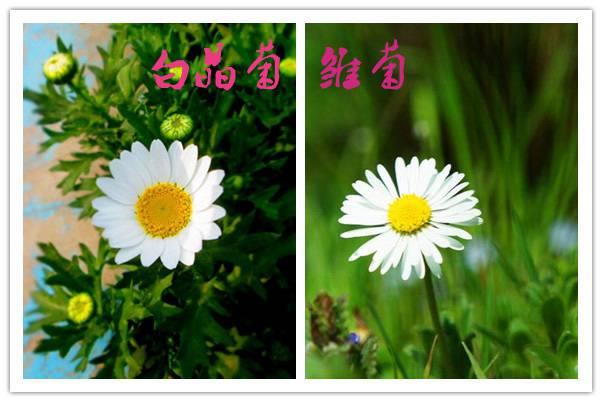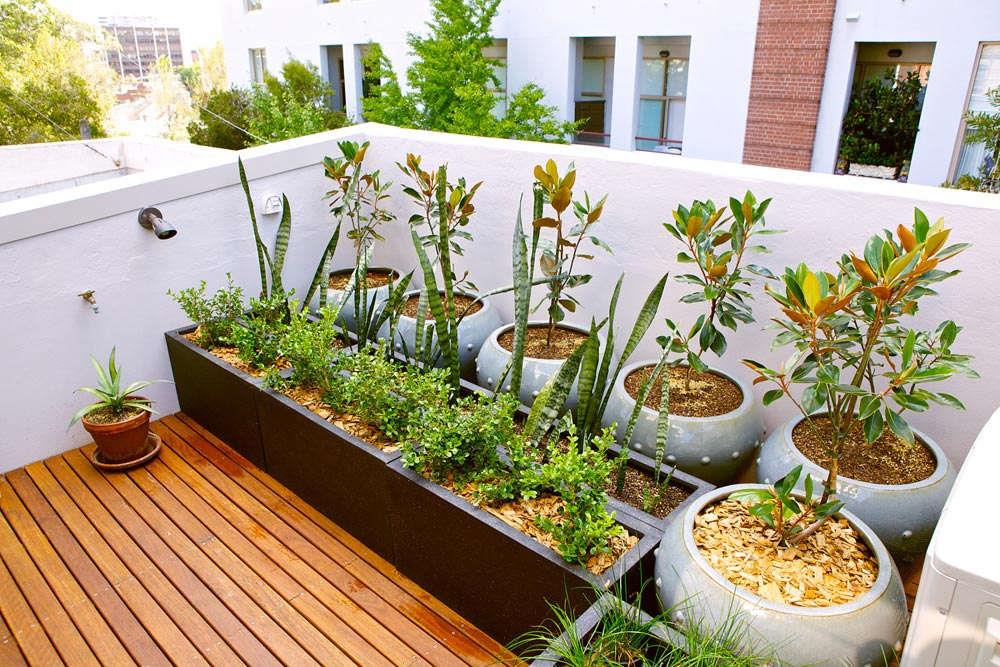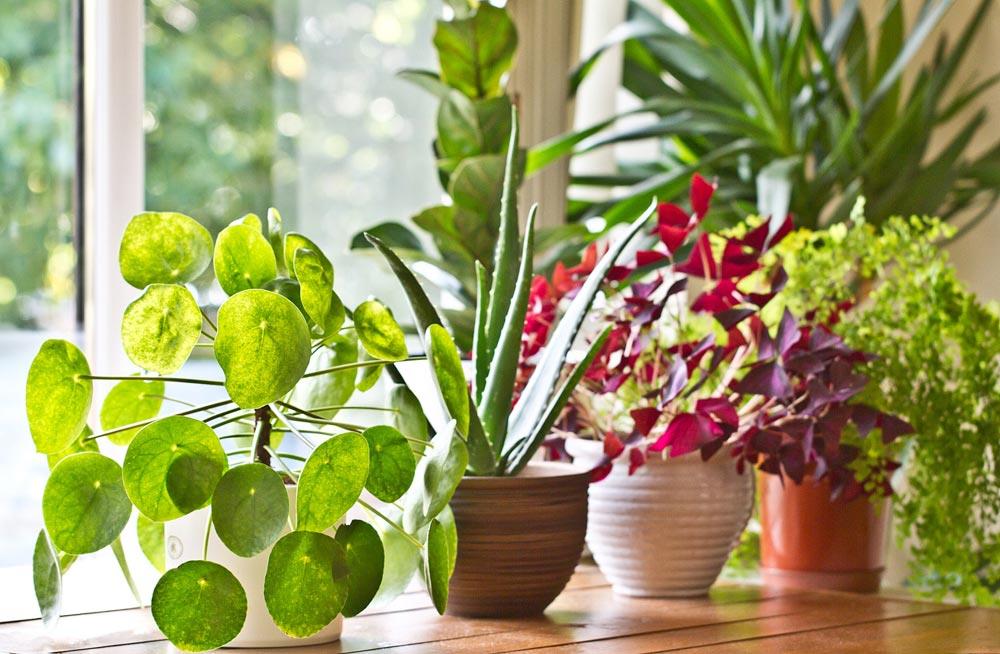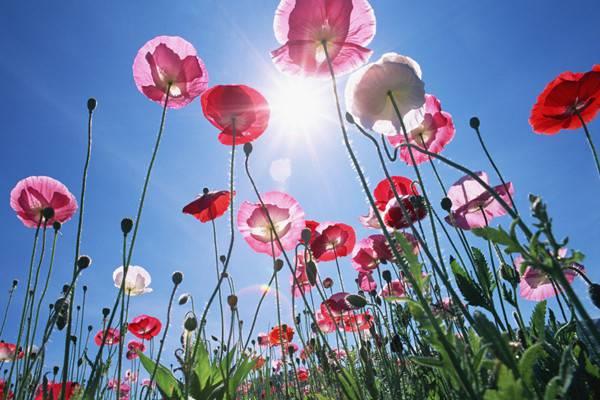How to distinguish white chrysanthemums from daisies
Last Update :2024.11.11
Article Catalog
The white chrysanthemums are both in the Asteraceae family, with the same shape and similar colors. The key is that the flowering periods overlap. When spring comes, are you seeing daisies or white chrysanthemums? The editor will teach you how to distinguish the two!

The appearance difference between white crystal chrysanthemums and daisies
Look at the flowers

Daisy flowers are smaller, with slender petals and one flower per stem. White crystal chrysanthemum flowers are relatively large and have many blooms.
Look at the stems

White crystal chrysanthemum is in The stems grow leaves, branches, and then blooms. There are leaves and flowers on one branch, and many flowers on one branch. The flower stems of daisies are pulled out directly from the clump near the roots, with one flower per stem. There are no leaves on the stems and the plant is not high.
Look at the leaves

Leaves of White Crystal Chrysanthemum From wide to narrow, with sharp corners. Daisy leaves are long and narrow with rounded edges.
The theoretical difference between white chrysanthemum and daisy
White chrysanthemum
White chrysanthemum is a biennial herbaceous flower of the Asteraceae family, with a plant height of 15~2 5 cm, the leaves are alternate, the flower head is terminal, disc-shaped, and the edges of the ray-like flowers are silvery white. The peak flowering period is from 3 to 5 months.
Daisy
Daisy is a perennial herb in the Asteraceae family. The plant height is 15~20 centimeters, and the leaves are clustered at the base and spoon-shaped. The flower heads are solitary, the flower diameter is 3-5 centimeters, and the tongue-shaped flowers are strip-shaped. The flowering period is 3-6 months, and each plant usually produces about 10 flowers.
- END -
Gardening flowers at home - homemade potting soil

There are two ways to grow flowers at home: ground planting and potted planting. P...
Raspberry cultivation methods and precautions

Soil: It has strong adaptability to the land and is suitable for planting on hills...